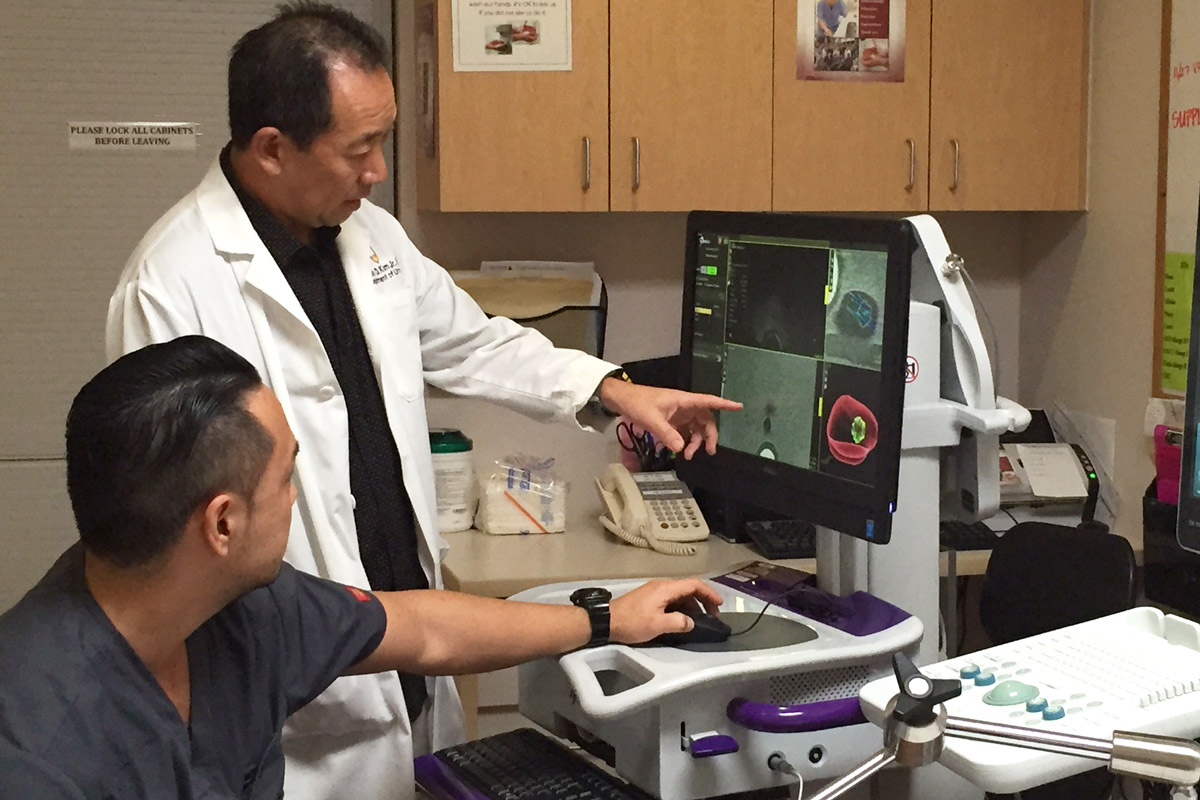
MRI-Guided Prostate Biopsies: A New and More Accurate Way
“My doctor told me I need a prostate needle biopsy!!”
Ouch! This is not something a man or his loved ones want to hear.
A prostate biopsy is associated with fear and pain in a man’s most private parts.
What is a Prostate Biopsy? A Closer Examination
Biopsies are intended to diagnose prostate cancer. However, the biopsy itself is an uncomfortable procedure done transrectally. In other words, an ultrasound probe is inserted into the rectum with eight to 16 needle biopsies. The biopsies are then sent to a pathologist to determine if the tissue is indeed cancerous.
Besides the pain of the needle biopsies, there is blood in the urine and bowel movements for two to three days post procedure, adding to the unpleasant experience.
Furthermore, blood is present in the semen for about one month.
Typically, pre-procedure antibiotics are administered due to risk of infection. Although uncommon, prostate infections can be a serious complication.
Interestingly, the prostate biopsies procedure hasn’t advanced in the last 25 years. In fact, the prostate is the only organ that is blindly biopsied!
Normally, in other organs, suspicious lesions are detected and biopsied with some type of imaging. Until recently, this was not possible for the prostate because prostate cancerous lesions are not easily detected on CT, ultrasound or MRI. Due to this reason, only 1 out of 4 to 5 biopsies are positive for cancer. In addition, many of these cancers are found to be insignificant, or “indolent,” and do not need to be treated.
New Technologies, New Standards of Care
Recent advances in MRI technology have changed this. An advanced MRI imaging system using multiparametrics and a stronger 3.0 Tesla magnet can detect suspicious cancer lesions. These lesions are categorized into five types of cancer, with types 4-5 highly suspicious for significant cancer.
Another important advancement in technology is the MRI-ultrasound fusion biopsy. Biopsies still need to be done via ultrasound transrectally, but they are no longer done “blindly.” Now, the MRI image with the identified lesion is superimposed and “fused” to the ultrasound in real time, targeting the lesion accurately. The cancer detection rate using this technique is more than 70 percent for type 4 or 5 lesions.
This new procedure is rapidly becoming the standard of care for prostate biopsies. In Hawaii, this advanced procedure is only available at Pali Momi Medical Center.
A part of Hawaii Pacific Health, Pali Momi is committed to keeping up with the latest and best technology offered for the comfort of its patients.
If you or a loved one would like to find out if you are a good candidate for this procedure, please call Pali Momi Urology at 808-488-3400, or email charles.kim@palimomi.org.
Published on: November 10, 2016


